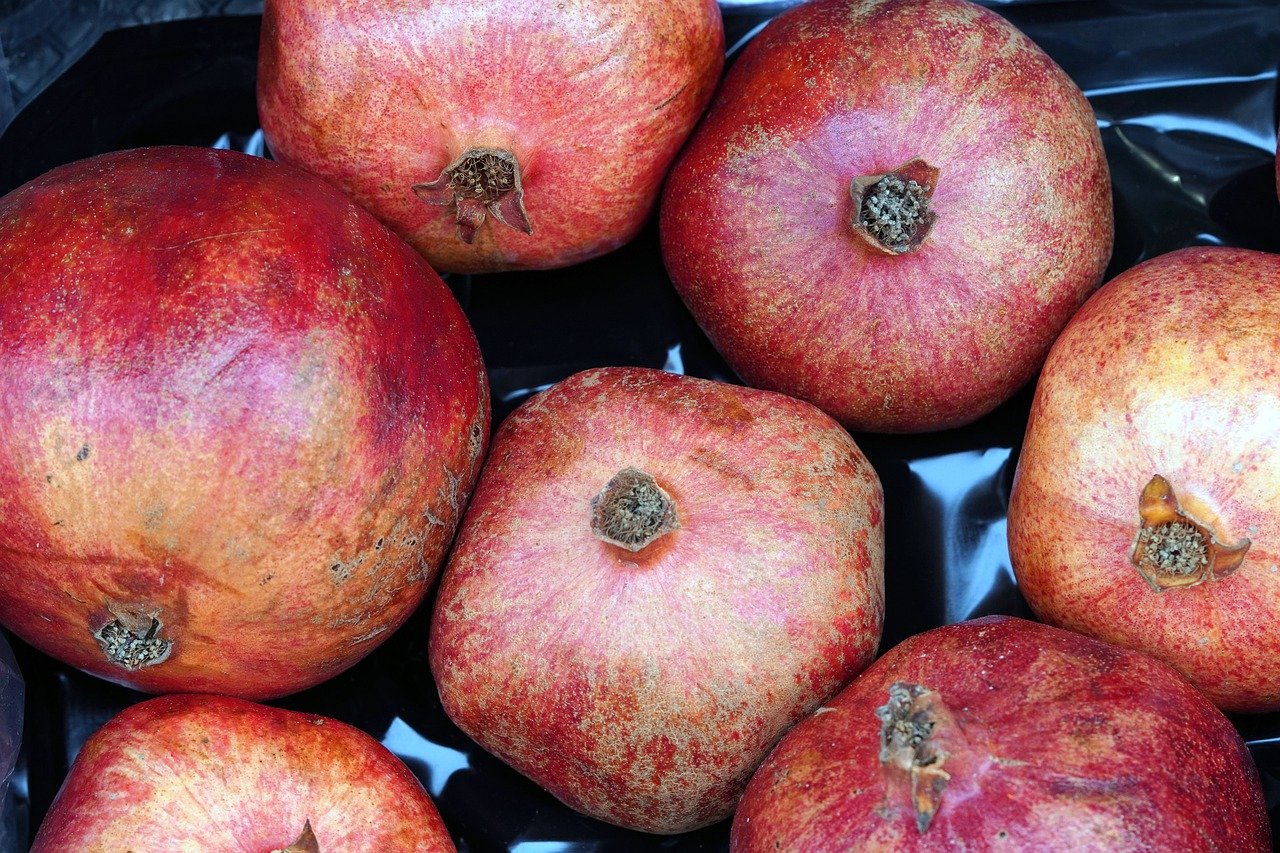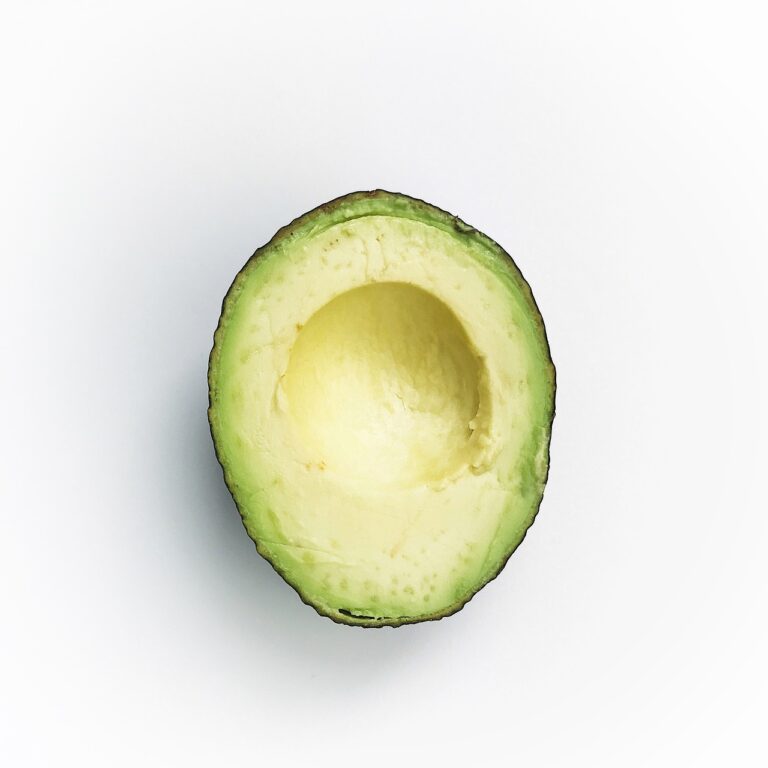The Future of Food Transportation: Innovations in Cold Chain Logistics and Last-Mile Delivery
Cold chain logistics plays a crucial role in ensuring the safety and quality of food products during transportation. By maintaining specific temperature controls throughout the entire supply chain, from production to delivery, perishable goods such as fruits, vegetables, dairy products, and meats can be preserved effectively. This helps to prevent spoilage, reduce food waste, and ultimately safeguard consumer health.
Failure to maintain the cold chain can lead to detrimental consequences, including bacterial growth, chemical reactions, and overall degradation of food items. Inadequate temperature control during transportation can compromise the integrity of products, potentially exposing consumers to harmful bacteria or toxins. Therefore, investing in reliable cold chain logistics is essential for upholding food safety standards and delivering fresh, high-quality food to the end-consumer.
Challenges Faced in Last-Mile Delivery for Food
Last-mile delivery for food faces a myriad of challenges that can hinder the timely and safe transportation of perishable goods. One of the primary obstacles is the need for precise temperature control to ensure that the food remains fresh throughout the transportation process. This requires sophisticated refrigeration systems and well-trained personnel to monitor and maintain the temperature levels effectively.
Additionally, the last-mile delivery of food is often plagued by issues such as traffic congestion and unpredictable weather conditions. These external factors can disrupt delivery schedules and lead to delays, impacting the quality and safety of the food being transported. Ensuring efficient route planning and contingency measures are crucial in overcoming these challenges and ensuring that food reaches its destination in optimal condition.
Inadequate temperature control systems
Traffic congestion
Unpredictable weather conditions
Disruption in delivery schedules
Impact on food quality and safety
Emerging Technologies in Cold Chain Logistics
The integration of Internet of Things (IoT) in cold chain logistics has revolutionized the way temperature-sensitive food items are transported and stored. Through the use of sensors, RFID tags, and monitoring systems, companies can now track and monitor the conditions of their products in real-time, ensuring that they remain within the required temperature range throughout the entire delivery process. This real-time data allows for quick intervention if there are any deviations from the set parameters, ultimately reducing product spoilage and maintaining food safety standards.
Another emerging technology in cold chain logistics is blockchain, a secure and transparent digital ledger system. By utilizing blockchain technology, businesses can create an immutable record of every transaction and transfer of custody that occurs during the transportation of food products. This not only enhances traceability and authenticity but also helps in detecting and resolving any issues related to food quality or safety more efficiently. By leveraging blockchain in cold chain logistics, companies can build trust with consumers by providing them with a clear picture of where their food has been and how it has been handled throughout the supply chain.
What is cold chain logistics and why is it important in food transportation?
Cold chain logistics refers to the management of temperature-sensitive products, such as food, throughout the supply chain. It is important in food transportation to ensure that perishable items are kept at the required temperature to maintain their quality and safety.
What are some challenges faced in last-mile delivery for food?
Some challenges faced in last-mile delivery for food include maintaining the cold chain, ensuring timely delivery, navigating urban areas with heavy traffic, and managing customer expectations for fresh products.
What are some emerging technologies in cold chain logistics?
Some emerging technologies in cold chain logistics include temperature monitoring devices, blockchain for traceability, drone delivery for remote areas, and automated warehouse systems for efficient storage and retrieval of products.







